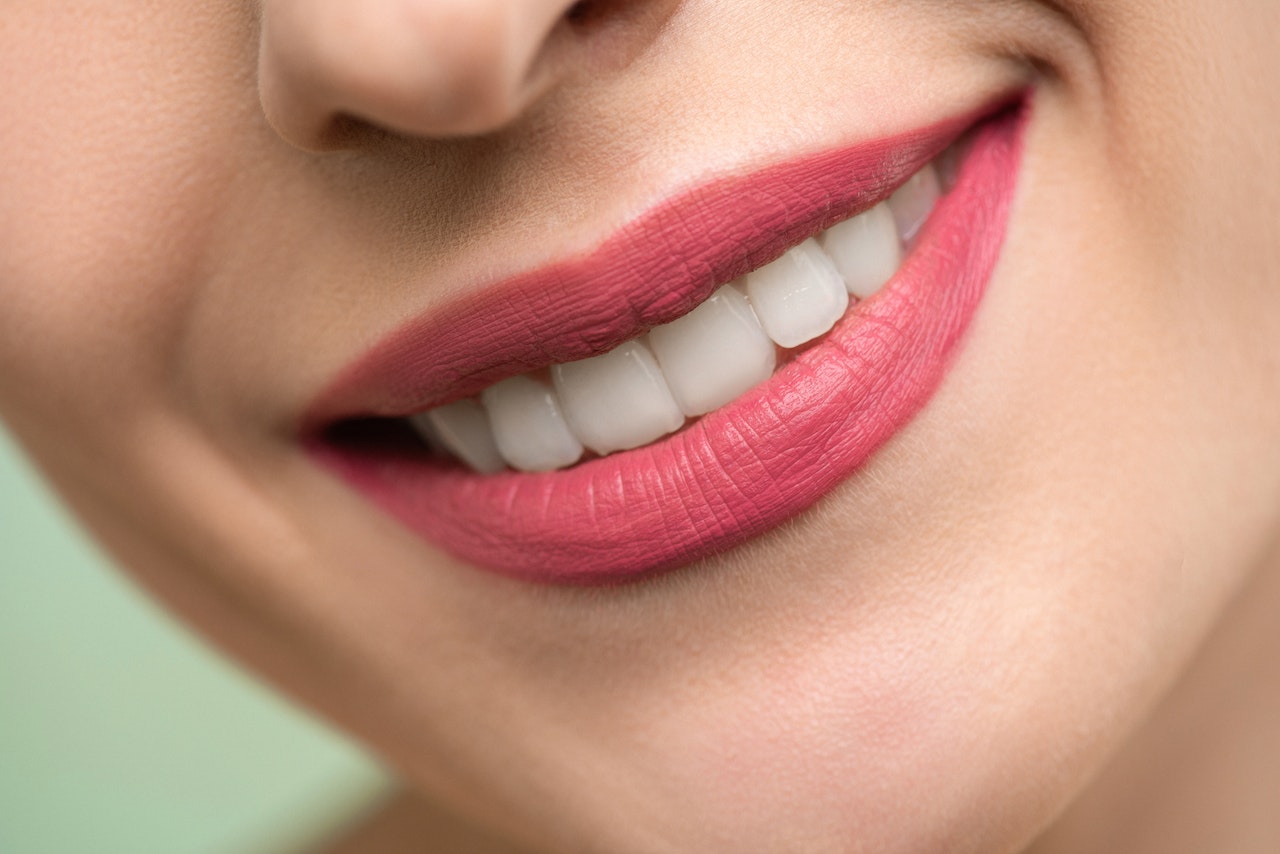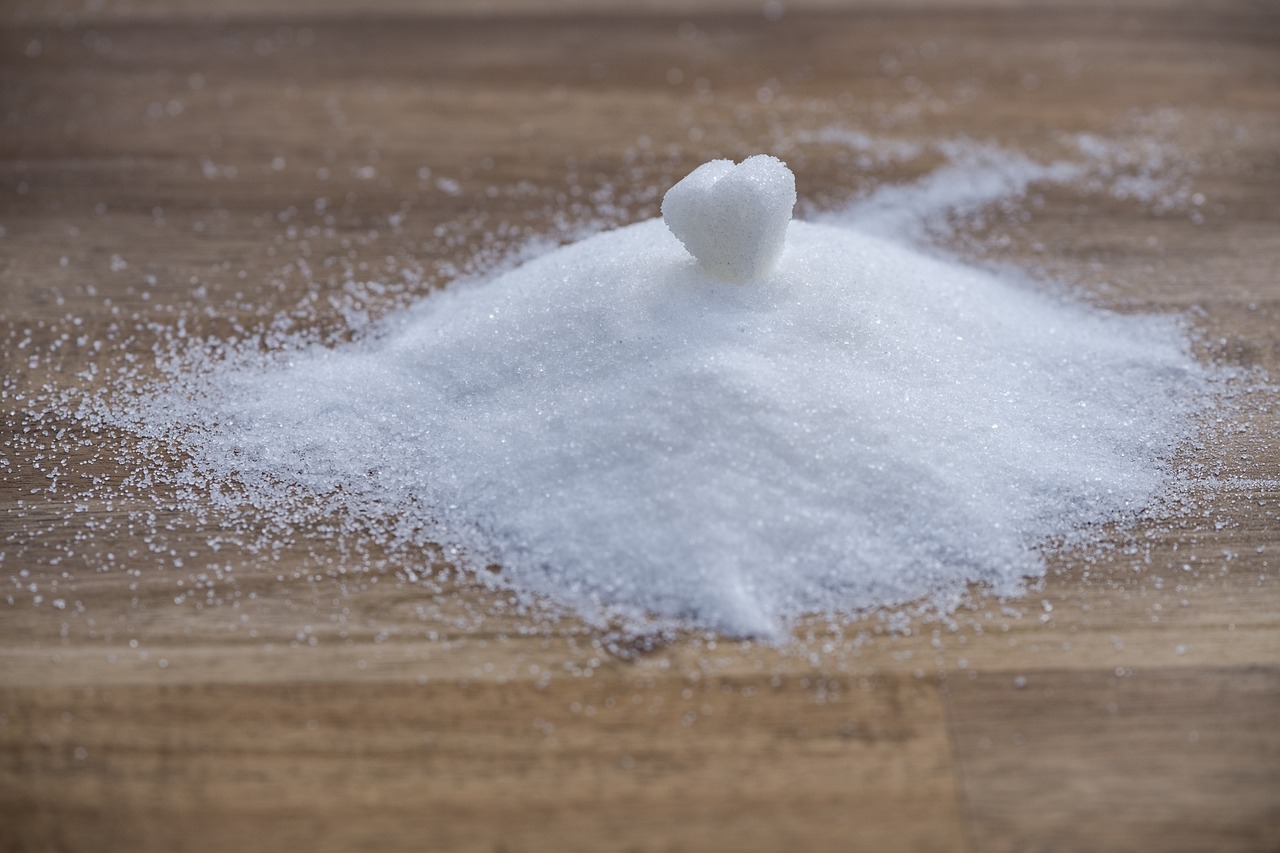Let’s get one thing straight: Those two tickets to the enamel show (also known as your teeth) deserve the red carpet treatment. And, like any prized possession, they come with a manual. Not that you’d read one… but lucky for you, this isn’t just any old boring guide — it’s the guide, served with a side of snark.
The Why and the What of Mouthy Misadventures
Before we dive into the glitzy world of dental self-care, let’s take a moment to understand the ‘why’. Why should you care about healthy teeth and gums? Is it just to flash that Hollywood smile or is there more to it? And while we’re at it, let’s also discover what dastardly deeds could lead to your teeth revolting against you.
Why They’re Important:
Teeth and gums are like the unsung heroes of your body. They help you chew food (so you can enjoy that guilty pleasure midnight snack), play a role in speech (how else will you ace that karaoke night?), and yes, they contribute majorly to your appearance. A healthy smile can open doors, literally and metaphorically.
Beyond the aesthetics, poor dental health can lead to pain (ever had a toothache? It’s like your mouth’s version of a melodramatic soap opera), tooth loss (gaping holes in your smile aren’t trendy), and can even impact your overall health. Conditions like heart disease and diabetes have been linked to oral health issues. So, when you’re caring for your teeth, you’re not just being vain — you’re being smart!
The Tooth Terrorists:
Alright, let’s talk enemies. What are the things plotting the downfall of your dental domain?
- Sugar: The sweet stuff is like candy… well, it is candy… for the harmful bacteria in your mouth. They feed on sugar, producing acids that wear down enamel, leading to cavities.
- Acidic Foods and Drinks: Citrus fruits, sodas, and other acidic munchies can erode enamel, making your teeth more prone to decay.
- Poor Oral Hygiene: Not brushing and flossing regularly is like throwing a bacteria party in your mouth, and believe me, it’s one gathering you don’t want.
- Tobacco: Both smoking and chewing tobacco can stain teeth, cause gum disease, and, more seriously, lead to cancer.
- Teeth Grinding: This bad habit can wear down teeth over time, and not in a chic, vintage way.
Now that you’ve been armed with the knowledge of why dental health is not just for beauty queens and what might be secretly sabotaging your smile, let’s get into the nitty-gritty of maintaining those pearly whites.
The Ultimate Guide to Shiny Chompers
1. Brushing – Do it Like You Actually Mean It!
Okay, genius. This might seem obvious, but apparently, it needs saying: Brush your teeth. Twice a day. Every day. It’s not rocket science. Consider it like your daily shower, but for your mouth. Unless you’re into that mossy, 400-year-old-shipwreck look, invest in a toothbrush. And I don’t mean that ratty, discolored thing you’ve had since Y2K.
Your toothbrush is not a vintage heirloom. Change it every 3-4 months or after an illness. And, just a tip: If your bristles look like they’ve just survived a tornado, it’s time to let go.
2. Don’t Forget to Floss – It’s Not Just a Dance Move
Remember that dance craze that had everyone looking like they’re trying to remove something from between their teeth? Well, turns out, you should actually be doing that — with dental floss. Shocking, I know. Dental floss gets to those hard-to-reach places that your toothbrush is too chunky to access.
Sure, it might feel like a chore, like going to the gym or pretending to like kale smoothies, but it’s worth it. Would you rather spend 5 minutes flossing or years mourning your long-lost teeth? Thought so.
3. Say Hello to Fluoride – Your Tooth’s Invisible Shield
If teeth had a superhero, it would be fluoride. It’s like giving your teeth a tiny, invisible armor suit. When choosing toothpaste, ensure it’s one that contains fluoride. This wonder mineral fights the evil cavities, strengthens enamel, and is the unsung hero of dental care.
Don’t be fooled by the fancy packaging and exotic flavors of some boutique toothpastes that lack fluoride. Always check the label. Remember: A mint mojito flavor won’t save you when you’re crying in the dentist’s chair.
4. Mouthwash – Not Just for Fresh Breath (Though, Trust Me, You Need That Too)
Mouthwash isn’t just about freshening up that dragon breath of yours. A good therapeutic mouthwash can help reduce plaque, gingivitis, and those nasty little germs that like to party in the crevices of your mouth. To get the most out of it, don’t use it immediately after brushing. Why? Because after brushing, the fluoride from your toothpaste is working its magic on your teeth. If you use mouthwash right after, you might rinse away that beneficial fluoride. Instead, consider using mouthwash at a different time, like after lunch or before bed. Think of it this way: it’s like brushing your hair and letting it set, instead of immediately covering it with a hat. Makes more sense, right?
To rinse or not to rinse post-brushing? That’s the Shakespearean question. If your toothpaste has fluoride (which it should), don’t rinse immediately after brushing. Spit out any excess toothpaste. Allow the fluoride to sit and work its protective magic on your teeth for about 30 minutes. This gives it ample time to bind with the tooth enamel and fend off those acid-producing bacteria. So, after brushing, if you can, resist the urge to rinse or eat or drink anything for half an hour. Consider it a mini spa session for your teeth!
5. Your Diet – Because Teeth Need Food, But Not THAT Kind of Food
Those gummy bears you’ve been snacking on? Your teeth aren’t fans. Sugary and acidic foods can be your teeth’s arch-nemesis, leading to cavities and enamel erosion. It’s like feeding them poison and expecting them to shine bright. Logic, right?
Instead, munch on foods that promote good oral health, like crunchy fruits and veggies, cheese, nuts, and unsweetened teas. Think of it as a spa day for your teeth — only edible.
6. A Hydration Situation – Water, It’s Not Just for the Fishies
Turns out, sipping on nature’s best beverage isn’t just to quench your thirst; it’s also a little spa treatment for your teeth. Drinking water helps wash away food debris and keeps your saliva levels high. Saliva? Yes, that gooey stuff in your mouth that you never really appreciated. It’s packed with minerals that help combat tooth decay. Plus, a dry mouth is a playground for bacteria. So, the next time you’re reaching for that sugary soda, think of your teeth screaming in horror and grab some H2O instead.
7. Don’t Use Your Teeth As Tools – They’re Not Pliers, Okay?
Despite your teeth’s impressive ability to crush and tear food, they’re not designed for ripping open packages, holding pins, or cracking nuts. Every time you do that, a dentist gets an uncontrollable urge to lecture someone. Don’t put them through that. Respect your teeth; they’re not your personal toolkit.
8. Regular Checkups – The Dentist is Your Friend (No, Really)
Now, I know the dental chair might seem like a medieval torture device and the strange buzzing sounds may remind you of a horror movie, but regular check-ups are essential. The dentist can spot problems while they’re still small and far less terrifying. Think of it as a sneak peek into the future of your mouth. Twice a year should do the trick, unless you’re really ambitious in collecting dental issues.
9. Protect Those Pearly Whites – Wear a Mouth Guard
Are you into contact sports or just really clumsy? A mouth guard can protect your teeth from getting chipped, cracked, or knocked out. Remember, teeth are not like hair; they don’t just grow back. And while a toothless grin might be endearing on a toddler, on adults? Not so much.
10. Say No to Tobacco – Because Yellow is Not the New White
If you need one more reason to avoid tobacco, here it is: it’s terrible for your oral health. Not only does it stain your teeth a lovely shade of “I don’t care about my appearance,” but it also increases your risk of gum disease and oral cancer. So if you’re puffing away thinking you look cool, just know your teeth are plotting their escape.
If you need help, here’s a guide on How to Quit Smoking
In conclusion, maintaining healthy teeth and gums isn’t about doing something extraordinary. It’s about consistent, everyday actions with a sprinkle of common sense. And if you’ve been neglecting these basics, don’t despair. It’s never too late to start. After all, your smile is the first thing people notice — unless you wear neon pants, in which case, we need another article.
Remember, treat your teeth like celebrities. Pamper them, protect them, and for heaven’s sake, no autographs with sharpies! Your future self (and your dentist) will thank you.
Pro Tips for the Overachievers (You Know Who You Are)
If you’ve read this far, congrats! You’re clearly on the path to becoming the ultimate guardian of your gums, the protector of your pearly whites. For those wanting to go the extra mile, here are some pro tips to elevate your oral game to the next level:
- Tongue Scraper Squad: Your tongue is like a sponge, soaking up all sorts of bacteria. So, give it some attention too. Invest in a tongue scraper or use your toothbrush to gently clean it, ensuring your entire mouth feels refreshed. Plus, it helps fight bad breath!
- Straw it Up: If you’re sipping on sugary or acidic beverages, use a straw. This helps the liquid bypass the teeth, reducing exposure and potential harm. And no, you’re not too old for straws. They’re environmentally friendly ones now; do Mother Earth and your teeth a favor.
- Chew Gum – The Sugar-Free Kind: Chewing stimulates saliva production, which neutralizes acids, washes away food particles, and battles bacteria. Just ensure it’s sugar-free gum. Trust me, your teeth will thank you.
- Ditch the Sticky Stuff: Foods that cling to your teeth — like dried fruits or caramels — can be problematic as they provide a prolonged sugar feast for bacteria. If you do indulge, brush or rinse your mouth shortly afterward.
- Safe Whitening: Want brighter teeth? Make sure you’re using safe methods. Some over-the-counter products can be abrasive and harm your enamel. Always consult with your dentist before embarking on a teeth-whitening journey.
- Calcium and Vitamin D: Strong teeth need calcium, and for the body to absorb calcium, it needs vitamin D. Ensure you’re getting your daily dose of both, whether from dietary sources or supplements.
- Hydration Nation: I mentioned water before, but it’s worth repeating. Keeping well-hydrated isn’t just good for your body, but it ensures continuous saliva production, your mouth’s natural defense mechanism.
- Travel Tooth Kit: Always on the go? Get a small dental kit for your bag or car. Having a toothbrush, small toothpaste, and floss on hand makes it easier to maintain good habits away from home.
- Be Informed: Dental care is evolving. New products, techniques, and information emerge regularly. Stay updated. Occasionally, check in with dental websites or subscribe to oral health magazines.
- Feedback Loop: Listen to your teeth. Pain, sensitivity, bleeding gums, or any unusual changes are your mouth’s SOS signals. Don’t ignore them. Reach out to your dentist as soon as you notice something amiss.
Frequently Asked Questions (FAQs) About Dental Dazzle
Ideally, twice a year for regular check-ups. However, if you have specific dental issues or conditions, your dentist might recommend more frequent visits.
While mouthwash can be a good addition to your oral hygiene routine, it’s not a replacement for brushing and flossing. Use it as an extra layer of protection, but consult your dentist about which type and how often it should be used.
Electric toothbrushes can be more effective for some people, especially those with limited dexterity. They can also make brushing more fun (yes, adults too!). However, a manual brush, when used properly, can be just as effective. It’s more about technique and consistency.
Oil pulling is an ancient practice that involves swishing oil (usually coconut, sesame, or sunflower) in the mouth for about 20 minutes. While some people swear by its benefits, scientific evidence is limited. It shouldn’t replace brushing or flossing but can be used as an additional practice if you’re curious.
Once a cavity forms, it cannot be reversed. It will need to be treated by a dentist. However, you can prevent further cavities and even remineralize early areas of decay (pre-cavities) with good oral hygiene and fluoride treatments.
While sugar-free products are better than their sugary counterparts, some might still contain acidic ingredients that can harm the enamel. Always check labels and consume in moderation.
It depends on the product and usage. Some over-the-counter products can be too abrasive or may be used incorrectly, leading to enamel damage or sensitivity. It’s best to consult with a dentist before using any whitening products.
Persistent bad breath can be due to various reasons beyond dental hygiene, such as dietary choices, smoking, certain medications, or even other medical conditions. If you’ve maintained good oral hygiene and still experience bad breath, consult a dentist or doctor.
The radiation exposure from dental x-rays is minimal, especially with modern digital x-rays. They are an essential tool for dentists to diagnose issues not visible during a regular check-up. If you’re concerned, discuss the frequency and necessity with your dentist.
Baking soda has abrasive properties that can help remove surface stains. However, if used too frequently or with too much force, it can erode the enamel. It’s best to use toothpaste with baking soda or use it occasionally if you’re considering it as an alternative.



